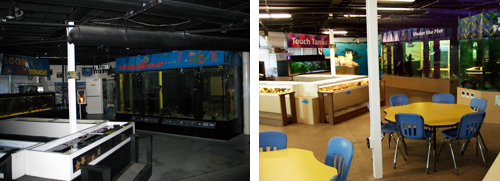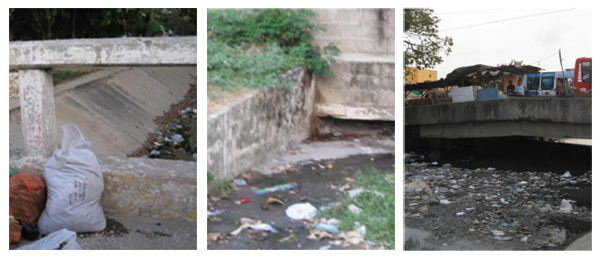Today’s blogger is Kirsten James, Heal the Bay’s director of water quality.
There’s a new ray of hope in Heal the Bay’s ongoing campaign to have the EPA strengthen new recreational water quality criteria. Last week in Washington, D.C, I had a good meeting with the EPA’s Acting Assistant Administrator for Water, Nancy Stoner, and her team working on the criteria development. I presented our concerns about the revised criteria and offered specific data analyses to demonstrate the potential negative impact on public health if they are adopted as written.
All too often government agencies see the public input process as simply “checking the box.” But I left the meeting feeling optimistic that EPA staff heard and understood our concerns and was willing to consider changes to the criteria. Later that day, Heal the Bay and the Natural Resources Defense Council submitted comments that detailed our concerns. Dozens of other environmental groups from around the nation also provided comments with similar concerns.
The national recreational water quality criteria are important because local officials use them to determine when a beach should be posted for public health warnings. In addition, regulators use them to ensure dischargers are on task to clean up polluted beaches. The current guidelines were developed in 1986, and there have been many scientific studies since that time to better inform new criteria and implementation recommendations.
Unfortunately, EPA’s newly proposed criteria are actually less protective than the existing rules. They fail to use the latest and best science, including epidemiology studies from Southern California, Florida, and in Europe, to determine an appropriate risk association between fecal indicator bacteria and a beachgoer’s health.
Heal the Bay has many serious concerns with EPA’s draft. Officials propose an allowable health risk of 1 in 28. In other words, under the new guidelines it would be permissible for one student in a 28-person class to come down with a case of flu, diarrhea or other illness after visiting the beach during a field trip. This doesn’t come close to meeting the “laugh test” for protecting public health. In addition, EPA’s proposal also allows water testing to be averaged over a period as long as 90 days and for one in every four samples to exceed safe levels before pollution reduction is required. These statistical details may appear insignificant on their face, but actually have major implications for your family’s health at the beach.
EPA has the opportunity (and frankly, a legal mandate) to upgrade its recreational water quality criteria to better protect the public from the dangers of polluted water at U.S. beaches. We remain hopeful that officials will work with stakeholders to meet this critical goal.
Your voice can help make sure America’s beaches are safe for all beachgoers, especially children. Act now and tell the EPA to protect you and your family at the beach.





